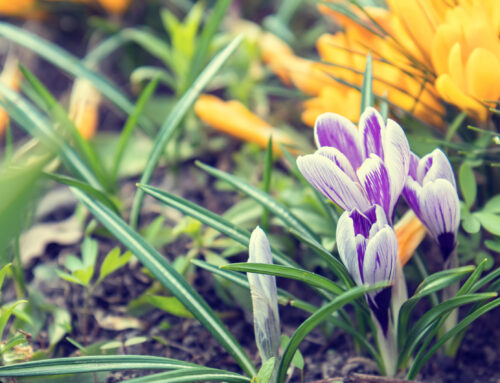
Copyright: terra2024 / 123RF Stock Photo
Compost is a valuable material that helps plants grow when added to soil. What many people don’t realize is that up to 30 percent of the materials for a compost blend come from yard waste and food scraps. Not only does composting aid in plant growth, it keeps a potent greenhouse gas called methane out of local landfills. Compositing is a simple process that anyone can do.
Basic Ingredients Needed for an Effective Composting Mixture
A compost pile needs to have equal amounts of brown and green materials. Branches, dead leaves, and twigs make up the brown portion while coffee grounds, fruit scraps, grass clippings, and vegetable waste make up the green portion. It also needs to include water to provide much-needed moisture. Some specific examples of items to include in a compost pile include:
- Coffee filters and grounds
- Egg shells
- Tea bags
- Paper
- Cardboard
- Wood chips
- Yard trimmings and grass clippings
- Lint from the vacuum cleaner and dryer
- Straw and hay
- Sawdust
It’s also important to understand what not to put in a compost pile, including the following:
- Pet waste
- Any yard trimmings treated with chemical fertilizer
- Fish and meat bones
- Ash from charcoal or coal
- Dairy products such as butter, eggs, and milk
- Lard, oil, or other types of fats
- Diseased plants
- Twigs or leaves from black walnut trees
Several of the above items attract rodents and other pests while others contain harmful bacteria.
Creating a Compost Pile for the First Time
After gathering the contents for a compost pile, the next step is to place them on a spot of bare earth. The pile will likely attract worms and other types of organisms that can help to aerate the compost pile. Next, place straw or twigs two to three inches deep to further aerate the pile and help with drainage. Now it’s time to start building the pile while alternating between dry and moist items. The compost pile now requires a nitrogen source. Manure is a common choice.
Compost piles need frequent watering, which people can do manually or allow it to become soaked by rain without getting drenched. It should have a cover on top of it at all other times. This keeps heat and moisture in, both essential elements for healthy compost. The last step involves turning the compost pile with a pitchfork or shovel every few weeks. This method also works for adding new materials.
The Many Benefits of Composting
While reduction of waste is the primary benefit of composting, it has several others as well. The process helps to conserve water because the compost pile soaks it up and releases it to the plants. This also prevents evaporation of water at the plant’s root level. Additionally, organic waste contains water that’s heavy and costly to transport. Composting the materials instead saves both energy and fuel.
There’s no question composting benefits the environment, but it also offers individual benefits. The less trash a homeowner throws away, the lower the cost of garbage pick-up. It also saves on the cost of purchasing similar materials from a local nursery. For those looking to cut household expenses, composting is a quick and easy way to do so.





Leave A Comment